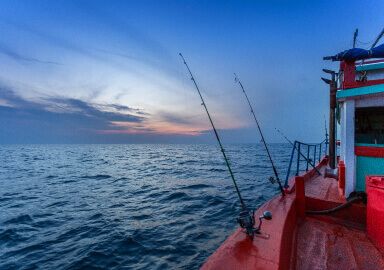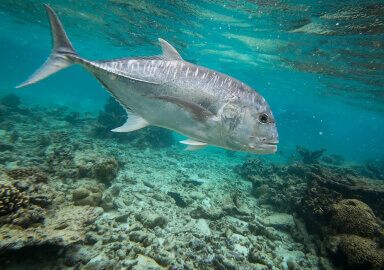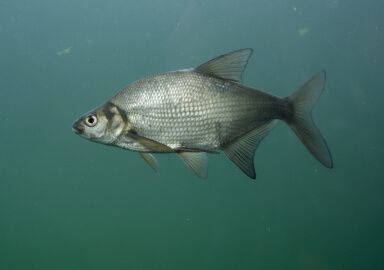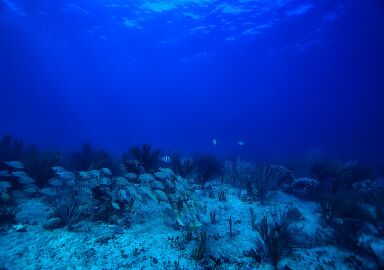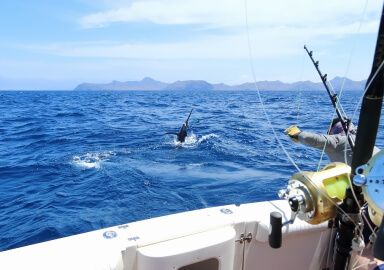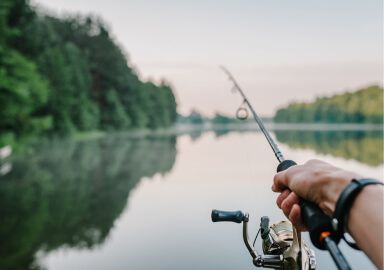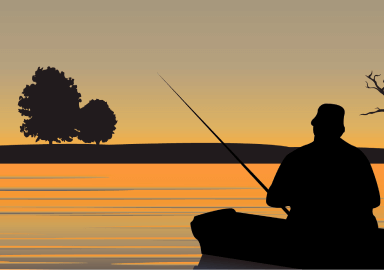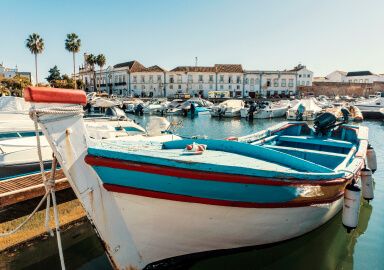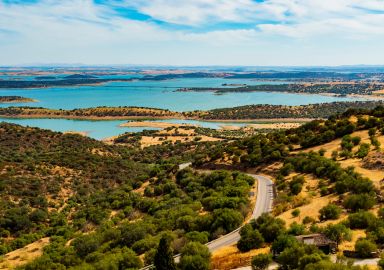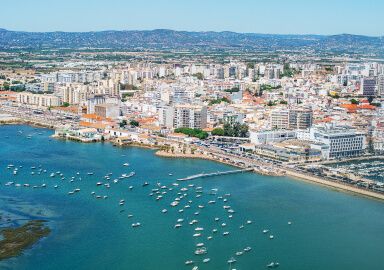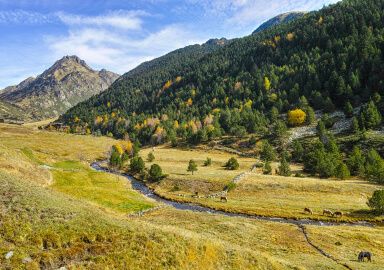Fishing in Setubal
Setúbal is one of Portugal’s saltwater fishing hotspots; home to the bountiful Sado Estuary and rich Atlantic reefs, it's the perfect blend of traditional charm and thrilling angling.
View 1 listing
1
listings
–
price starting from
8
fish species
–
to the nearest trip
About Setubal
Just south of Lisbon, Setúbal District is a coastal gem where rolling hills, pristine beaches, and estuarine wetlands meet the Atlantic Ocean. Known for its wine, seafood, and natural beauty, Setúbal is also a prime destination for fishing, with one of the country’s most productive marine and estuarine ecosystems. The Sado River, the Serra da Arrábida cliffs, and a stunning stretch of coastline from Costa da Caparica to the Tróia Peninsula provide a wide range of environments for every kind of angler.
The district enjoys a Mediterranean climate with warm summers and mild winters, allowing for year-round fishing. Historic towns like Setúbal and Sesimbra are not only cultural hubs but also serve as launch points for charter boats, shore fishing, and estuary adventures. Inland, small reservoirs and rural lakes add a freshwater element to the mix, ideal for quiet retreats and family-friendly angling.
Fishing Types
Saltwater fishing takes center stage in Setúbal District, especially around the Sado Estuary, the Arrábida coast, and the open Atlantic. The estuary itself, a wide and shallow tidal zone, is home to rich populations of sea bream, mullet, bass, and flatfish. Anglers fish from piers, boats, and the many natural inlets and salt marshes. Offshore, the waters around Sesimbra and Tróia offer excellent reef and wreck fishing, with charters targeting a range of gamefish from shallow to deep. For those seeking a change of pace, inland reservoirs such as Barragem do Pego do Altar or Barragem de Vale do Gaio provide freshwater opportunities, with good stocks of carp, bass, and perch. Whether you’re tossing lures into estuarine flats or exploring deep Atlantic drops, Setúbal offers a rewarding variety of fishing types.
Targeted Fish Species
In saltwater, sea bass, gilt-head bream, black bream, conger eel, as well as snappers and groupers, dominate the estuarine and inshore scene. These species are abundant year-round, particularly in the Sado Estuary and along the rocky coastlines. Flatfish like flounder and sole are commonly caught in sandy-bottomed bays and near river mouths, while offshore anglers may encounter mackerel, bluefish, conger eel, bonito, and occasionally tuna or swordfish in deeper waters. In freshwater, common carp are the primary target, especially in rural lakes and reservoirs. Largemouth bass and European perch are also present in some waters.
Fishing Techniques
Saltwater anglers use a wide range of techniques. Surfcasting with long rods, heavy sinkers, and natural baits like shrimp, squid, or worms is standard on Setúbal’s beaches. Spinning with soft plastics or jerkbaits is popular for sea bass, particularly at dawn or dusk along rocky shores. Boat fishing — especially reef or wreck fishing—typically combines bottom fishing, jigging, and trolling, depending on the species and depth.
In the Sado Estuary, traditional float fishing and ledgering are highly effective for mullet and bream, while light spinning or drop shot rigs are used for sea bass in channels and tidal flats. Inland, carp fishing with boilies and feeders is popular, with anglers setting up bivvies for overnight sessions. For bass and perch, spinning with crankbaits and jigs is the preferred method.
